Nylon Monofilament Filter Bag
Nylon Monofilament Filter Bags are high-performance filtration materials made from woven nylon monofilaments. Their unique structure and material properties make them ideal for liquid filtration applications, widely used in industries such as water treatment, food and beverage, chemical, and pharmaceutical.
Material:Nylon
Specification:01/02/03/04/05
Accuracy:25-1200µm
Temperature:≤90℃
Manufacturing process:Hot melt / Stitching
Ring flange shape:Inside rolled / Outside rolled / Flat flange / Steel ring
Bottom shape:Arched bottom, Flat bottom
| Filter bag specifications | ||||
| Specification | Size mm(inch) | Flow Rate (m³/h) | Filtration Area (m²) | Capacity (L) |
| 01# | 180*430(7″*17) | 20 | 0.24 | 8 |
| 02# | 180*810(7″*32) | 40 | 0.48 | 17 |
| 03# | 105*230(4″*9″) | 6 | 0.08 | 1.3 |
| 04# | 105*380(4″*15″) | 12 | 0.16 | 2.6 |
| 05# | 150*560(6″*22″) | 20 | 0.24 | 8 |
| Note: The flow rate is measured under 1 atm, pure water at a viscosity of 1,25°C, representing the hourly flow rate per filter bag. | ||||
Nylon monofilament filter bags are particularly suitable for water-based paints. Currently, 98% of manufacturers purchase nylon monofilament mesh fabric themselves and, during use, operators cut it to the appropriate size and wrap it around the filter based on specific needs. Through our field investigations, we found that more than 80% of operators in these companies are very casual when cutting the material. Excessive cutting leads to overuse on one hand and significant waste on the other. We recommend using monofilament filter bags made by professional manufacturers to ensure the quality of the filtrate.
The monofilament mesh structure can directly retain impurities on the surface of the material, which is why it is also referred to as a surface filtration type. The advantage of this type of filter bag is that the monofilament material can be repeatedly washed and reused, which reduces the consumption cost. However, because it operates on a surface filtration mode, the filter bag surface is prone to clogging. Therefore, it is most suitable for applications with lower filtration precision, such as coarse filtration, with a filtration precision range of 25-1200μm.
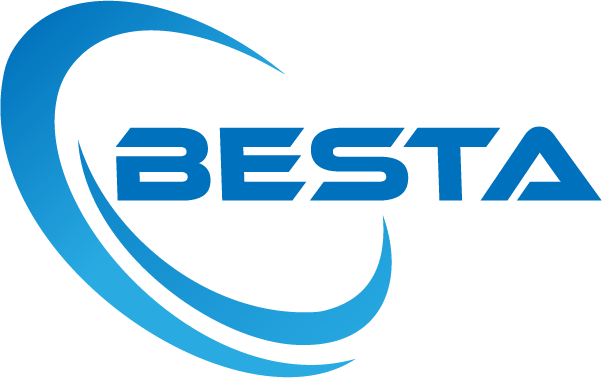
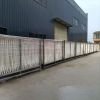 MBR Membrane
MBR Membrane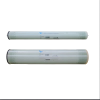 Reverse Osmosis Membrane
Reverse Osmosis Membrane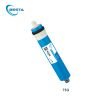 Residential Ro Membrane
Residential Ro Membrane UF Membrane
UF Membrane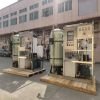 Water Treatment Plant
Water Treatment Plant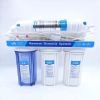 Residential Ro Machine
Residential Ro Machine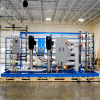 Brackish Ro System
Brackish Ro System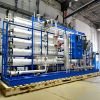 Sea water system/SW RO plant
Sea water system/SW RO plant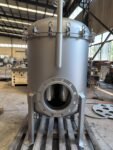 Bag Filter
Bag Filter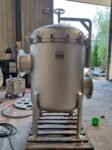 Cartridge Filter
Cartridge Filter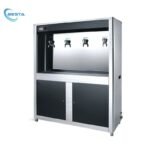 Commercial Water Filtration System
Commercial Water Filtration System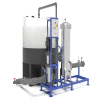 Membrane Cleaning System(CIP)
Membrane Cleaning System(CIP)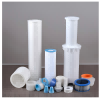 Consumables Accessories
Consumables Accessories







